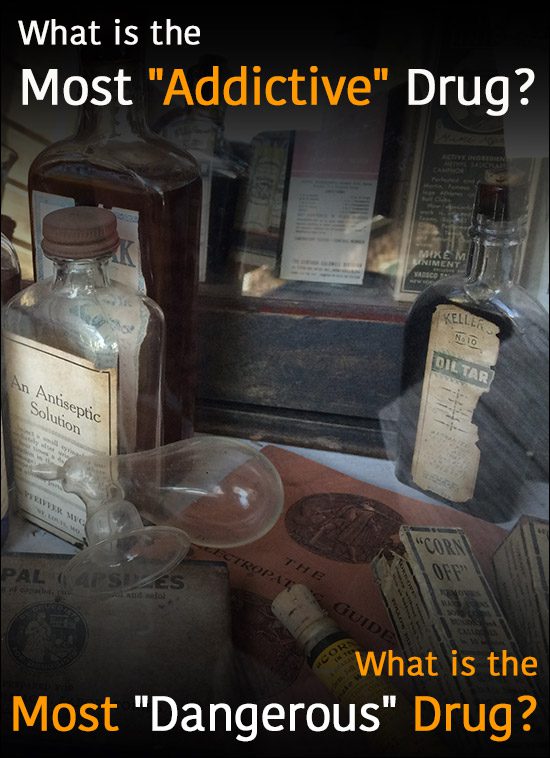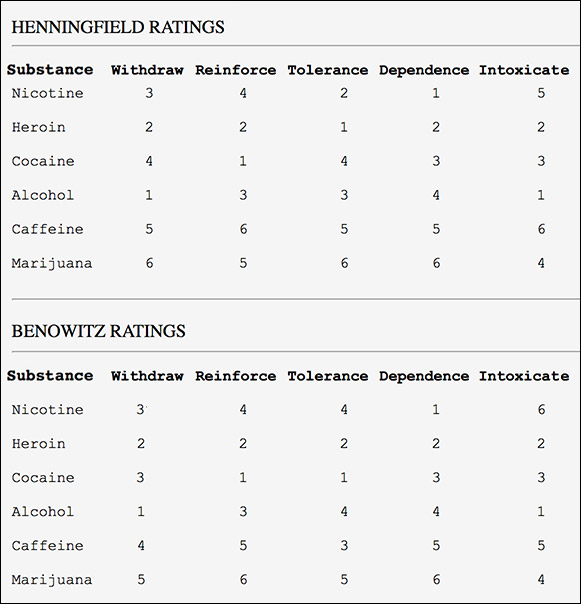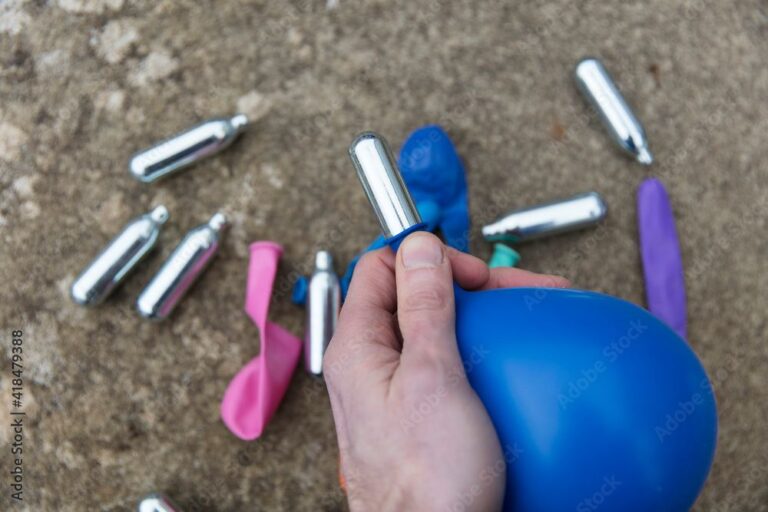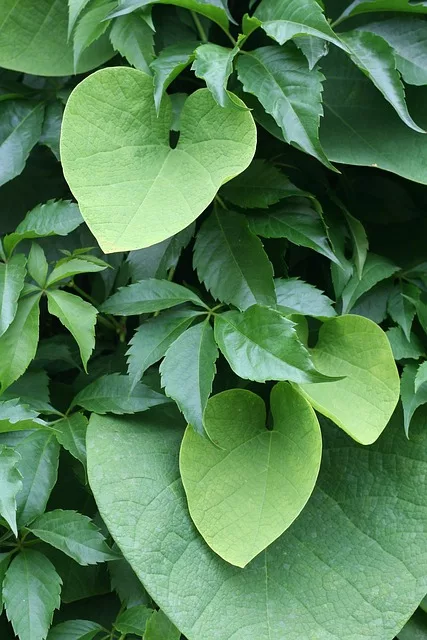Amid the ongoing crisis of addiction in the United States, a popular topic of discussion is “what’s the most addictive drug” and “what’s the most dangerous drug?”
Of course, the short answer is the most addictive drug is whatever hooks you and the most dangerous drug is, well, whichever one kills you.
This may sound like taking the easy way out of answering very difficult and highly important questions, but it’s not that black and white.
Not everyone responds equally to different drugs. What hooks one person may not be a problem for someone else.
For example, some people can drink alcohol recreationally, while others struggle with an addiction to alcohol that’s so severe it’s life threatening.
Additionally, the most dangerous drug is hard to pinpoint because the number of fatal overdoses fluctuates on a yearly basis and which drug is taking the most lives can differ along geographical lines.
Finally, there has to be agreement on what is considered a drug and how does addiction plays into the equation. Many people consider sugar a drug, but the nature of a “sugar addiction” might be called into question from a scientific standpoint.
That said, consider how much damage sugar consumption does to national health rates, its link to obesity, diabetes, heart disease and some cancers.
Even if sugar should be at the top of the most addictive list, it’s rarely considered a drug and, for practical purposes, it’s not included here.
Still, it’s difficult to find a consensus on what’s the most addictive or dangerous drug. What might have been the most dangerous or addictive drug 10 or 20 years ago, crack cocaine for instance, is obviously still dangerous and addictive but might not even top the list now.
In today’s landscape, almost everyone would agree that fentanyl is the most deadly drug, but it’s considered complementary, meaning it’s generally mixed into other drugs like heroin, cocaine, meth, and even Xanax. Rarely are people cruising the streets trying to buy fentanyl by itself.
What is the Most Addictive Drug?
Before getting in the “weeds,” pun intended, it’s important to define addiction.
According to the American Society of Addiction Medicine (ASAM)…
“Addiction is a chronic brain circuitry disease involving reward, motivation and memory. It is characterized by an inability to abstain from a substance consistently and, like other chronic illnesses, involves cycles of relapse and remission.”
In order to rank the most addictive drugs, there has to be a set of agreed-upon conditions from which a score can be totaled.
Two physicians, Dr. Jack E. Henningfield of the National Institute of Drug Abuse and Dr. Neal Benowitz of the University of California, San Francisco, created a scale of sorts for this exact purpose.
The 5 Criteria for Scoring the Most Addictive Drug Includes:
1. Withdrawal
Withdrawal refers to the amount and severity of symptoms that arise when a person stops using a particular drug.
2. Reinforcement
Reinforcement indicates a drug’s likelihood of making a person use it again.
3. Tolerance
Tolerance is the degree to which a user has to increase dosages to get the same level of “high” as before.
4. Dependence
Dependence is attributed to how difficult it is to stop using a particular substance and the number of people who develop dependency.
5. Intoxication
Intoxication is the level of intoxication a particular drug causes.
It would be extremely difficult to rank every type of addictive substance according to this scale because there are the way to many to include and the nuances between many are very similar.
For this study, the six most addictive drugs rated are:
- Nicotine
- Heroin
- Cocaine
- Alcohol
- Caffeine
- Marijuana
This is a nice cross-section of substances because it takes into account nicotine and caffeine, which are drugs according to the definition of addiction, and most people are familiar with them.
According to their assessment, the drug with the strongest addictive tendency receives a 1 in each category, while a 6 denotes the weakest addictive tendencies.
Source: Schaffer Library of Drug Policy
Using these criteria, the drug with the highest total score across all categories would signify the least addictive drug.
The drug with the lowest overall score would be the most addictive drug.
Based on the tabulations, the list below shows the most addictive drugs in order from most to least addictive.
The number on the left is from Henningfield and the one on the right is from Benowitz.
- Heroin 9 — 10 (most addictive)
- Alcohol 12 — 15
- Cocaine 15 — 11
- Nicotine 15 — 18
- Caffeine 27 — 22
- Marijuana 27 — 26 (least addictive)
What is the Most Dangerous Drug?
Nailing down the “most dangerous drug” is problematic as well because some drugs, like Krokodil for one, are very dangerous fringe drugs that are not as common as, say, heroin or prescription painkillers in this country.
Keeping the focus on fatal drug overdoses may be an oversimplification in the category of a most dangerous drug, but it does provide some clarity and common ground.
According to the Centers for Disease Control and Prevention’s National Vital Statistics Report, this data includes some of the following:
The most dangerous drug frequently involved in overdose deaths:
- In 2011, Oxycodone, a prescription painkiller, topped the list of most overdoses
- From 2012 to 2015, heroin took more lives than any other drug
- Since 2016, fentanyl-related overdose deaths have taken over, and it will likely remain one of the most deadly substances for some time to come
In 2016, the most dangerous drugs were ranked from most deadly to least including:
- Fentanyl
- Heroin
- Cocaine
- Methamphetamine
- Xanax (alprazolam)
It’s worth noting that state and federal seizures of all the above drugs have shown fentanyl is very often mixed in with them to increase their potency and, in effect, their deadliness.
What’s important in a conversation about the “most addictive” drugs versus the “most dangerous” drugs is not to lose sight of the utter destruction that drug addiction can leave in its wake.
A person in the throes of alcoholism or heroin addiction is no doubt more concerned with the day-to-day struggle of the disease they’re battling.
Addiction is a treatable disease and getting people the treatment they need and deserve should be a top priority for communities around the country.
Decreasing the stigma associated with addiction, increasing public awareness and providing greater access to treatment-related resources are the first steps in helping people heal.
Final Conclusion About Most Addictive Drug and Most Dangerous Drug
Combing through stacks of data, websites, and scientific studies, it’s difficult to find a definitive answer when factoring in all the available variables about what is the most addictive or dangerous drug.
But by taking a general consensus view of where we are today, the most reasonable assumption would be that heroin is the most addictive drug, and by today’s standards, fentanyl is the most dangerous drug.
Related:
Fentanyl Test Strips Might Prevent Heroin Overdoses
What To Do During a Heroin Overdose







